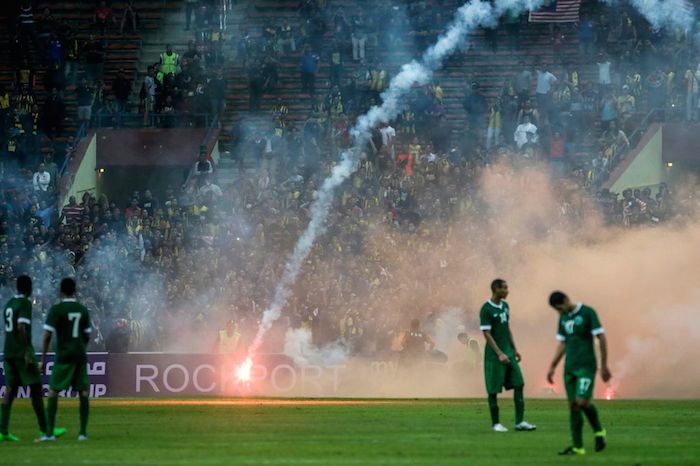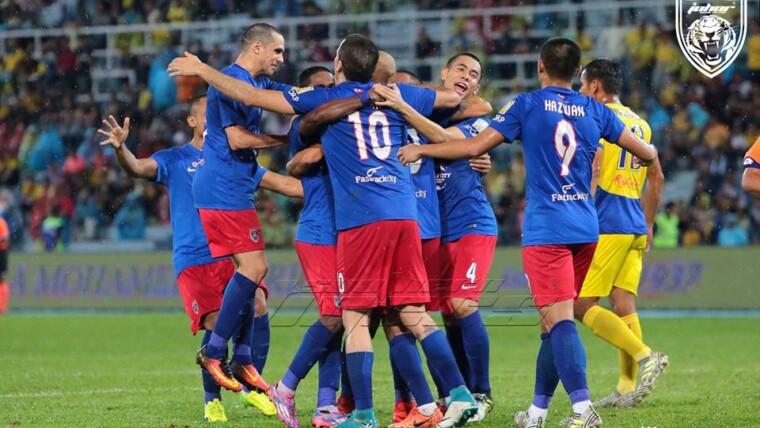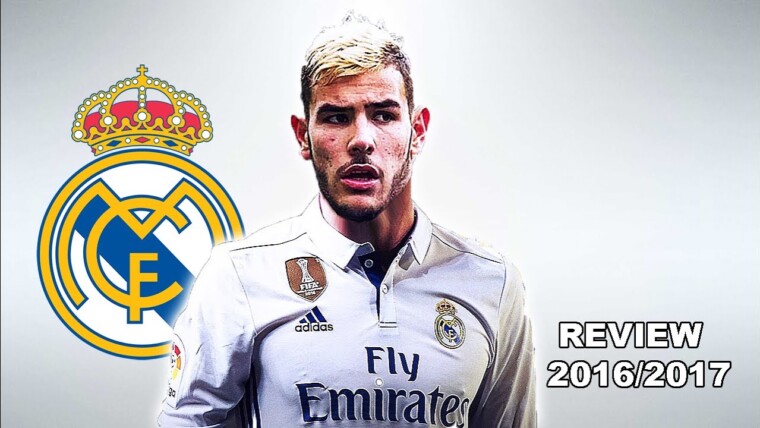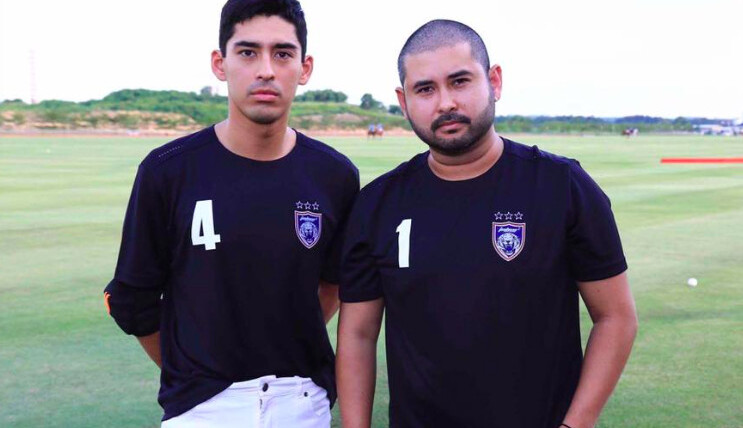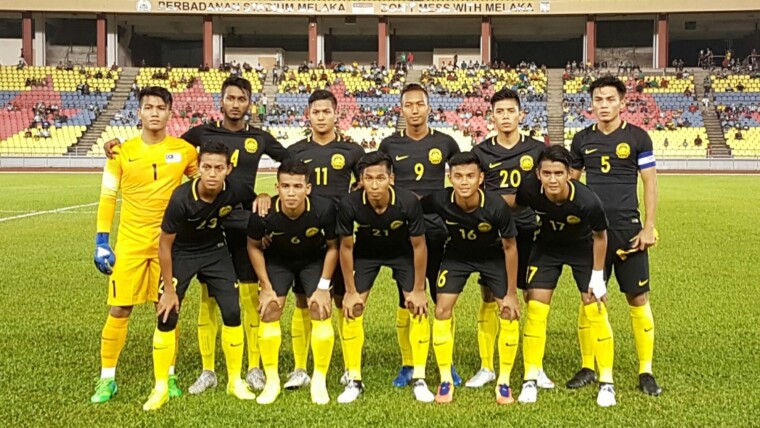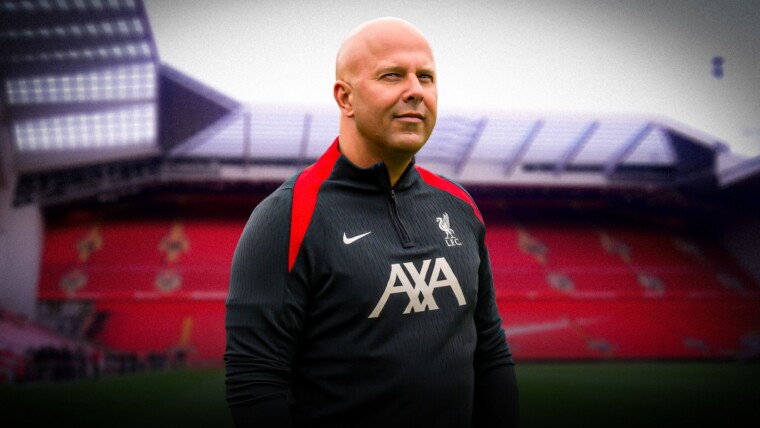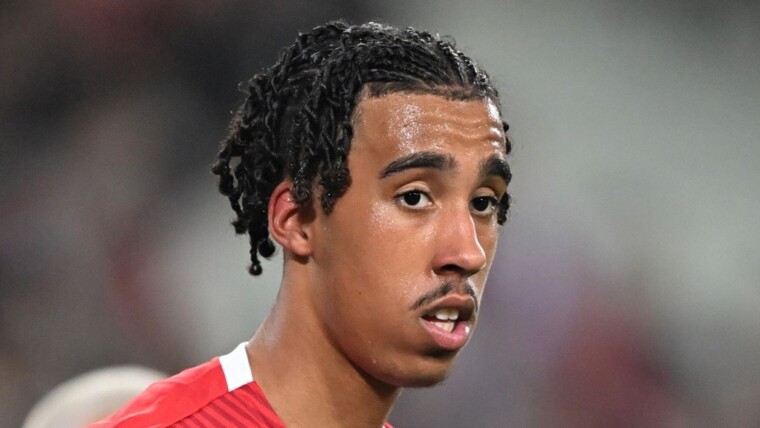When Dury wrote his song “What a Waste” in 1977, Great Britain was in a huge economic black hole. Football was discredited by an ongoing culture of fan violence, and the national team’s failure to make it to the World Cup Finals for the second straight time. Liverpool FC bucked the trend by winning the European Cup – but that was a rare bright spot for the sport. Football was a pariah in its homeland.
There were so many things going on in the sport that simply didn’t make sense. How the authorities allowed fan violence to spiral so far out of control was one thing. How fans happily allowed themselves to be “entertained” in largely decrepit stadia was another. Despite good attendances at games, television wasn’t interested other than highlights programmes (also shown in Malaysia) and the big Finals. Money was scarce and sponsorship only an emerging aspect of the game.
Four decades on, and despite the many good things going on, there seems to be a mirror image in Malaysia. Many in the capital, Kuala Lumpur, see football as a pariah in its own country – or worse, don’t even see it at all.
REASONS TO BE FEARFUL – 1) NO TV DEAL
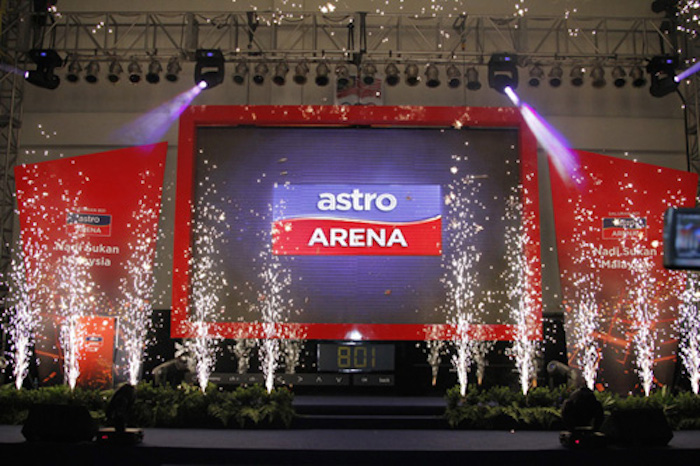
“What a Waste” is an apt way to sum up the frustrating way Malaysian football hasn’t truly capitalised on Astro Arena’s four years as broadcast partner to Malaysian domestic football. Accepting accusations of self-interest, Astro (Arena) was an excellent partner for football and, courtesy the entertainment on offer on the pitch, helped re-establish domestic football into the mainstream consciousness of the Nation.
The timing of the partnership in 2010 was ideal as football was re-emerging on the back of K Rajogopal’s successes at the under-23 SEA Games competition, followed by the National Team’s Suzuki Cup triumph. TV Ratings were increasingly encouraging – near spectacular – during the four years, and domestic football was truly being talked about with a growing level of seriousness.
Astro Arena – of whom I was a part – treated the local game with a respect many others were reluctant to follow. We positively made heroes of the players and athletes, and created and broadcast a plethora of programming around the sport. The game of football, for the first time in many years, was covered in a positive, proactive manner.
And then – for whatever complicated reasons – the partnership wasn’t continued.
Certainly, the new commercial deal for 2016 onwards looks a lucrative one for Malaysian football. MP & Silva have promised a huge amount of dollars on the potential of the sport. But as of mid January, there is no news as to who is to broadcast the 2016 season. Astro Arena continues to cover the local game via the flagship Nadi Arena sports news, and other programming. However, it’s not in Astro’s interest to over-promote a sport that may not be on its channels.
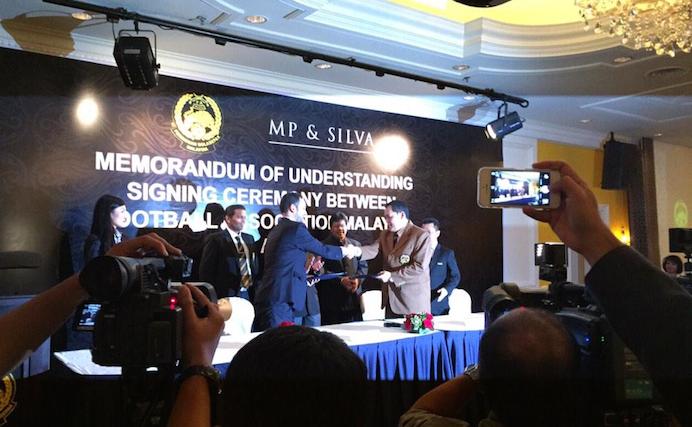
RTM and Media Prima have limited hours with which to show sport. And whilst the commitment to Live football from both was apparent in 2015, it is the surround programming and chat, plus social media and the “extras” that makes football a mainstream topic of conversation. The live match is a one-off event. The on-going chat is the hidden gold to developing a sport.
So who WILL positively promote Malaysian Football? Who will properly analyse the merits of Azamuddin Akil’s move to Johor, or Patrick Wleh’s potential to carry Selangor onwards from their Malaysia Cup triumph. Which operation is in a position to give time to discuss, dissect and assess the Northern challenge of Perak, Kedah and Penang, or the re-emergence of Dollah Salleh at Perlis?
The evidence of any successful football league tells us that you need a dedicated broadcast partner to thrive. Germany’s Bundesliga exploded with the advent of blanket television coverage. Using England’s Premier league as an obvious example, post the Sky Sports revolution of 1992 (when football was invented!!) the sport evolved from pariah to mainstream in the UK – and across the globe.
In Australia there is currently much angst that the A-League isn’t shown widely enough. In the United States, Major League Soccer has long fought for equality on the airwaves with the big four of NFL, Basketball, Baseball and Ice Hockey. But at last seems to be on the cusp of “making it”.
Wherever football is given solid and editorially strong coverage via broadcast, it succeeds. Malaysian domestic football needs a committed broadcast partner.
REASONS TO BE FEARFUL – 2) “HOW DOES THAT MAKE SENSE?”

Having outlined the common sense of the Football Malaysia Conference earlier, there are still some issues surrounding the game that make many non Malaysian – and I’m sure many Malaysians – think: “How does that make sense?”
For example. A common topic in Malaysia is that the National team underachieves, and that they’re nowhere near strong enough. FIFA World rankings feed that argument. There is a subsequent constant refrain that a strong National team is essential for Malaysian football. Datuk Ong Kim Swee’s appointment at least provides some continuity, as he was the man who took charge after Dollah Salleh’s reign came to such an ignominious ending.
So how can it take three months to decide that you’re going to continue with the same man? How does that make sense?
If Datuk Ong was so impressive, why not back him there and then. It’s not as if he’s new to the Malaysian football scene. As it is, the message coming from the appointment is that the FAM doubt his ability – but appointed him because they couldn’t find anyone better. What a glowing assessment!
Everybody truly hopes that Datuk Ong proves them right – but what a dreadful way to go about re-appointing the man who had started to steady the ship. Can you imagine Chelsea sacking Jose Mourinho before waiting three months to re-appoint him? “How does that make sense?”
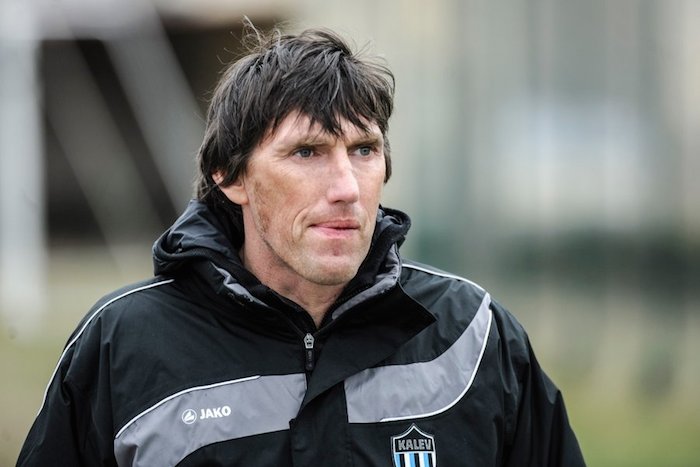
And on top of that, why was the SEA Games project (National under 23) Coach – Frank Bernhardt – appointed before the appointment of the new National Coach? “How does that make sense?”
It’s nothing against Bernhardt, but surely an under 23 team – even with the goal of putting a strong performance in the SEA Games – should be secondary to the full National team.
For that matter, to this non-native, the pre-occupation with winning the SEA Games gold has long been confusing. It’s an age-restricted competition. Under 23’s. It’s a glorified junior tournament. And yet, to many, it seems to be the end goal and takes precedence over the National team, which, we keep hearing, is the most important thing. Which is it?
Even if Bernhardt turns out to be a brilliant coach, what if Kim Swee can’t work with him? What if Bernhardt drills his team to play a 3-5-2, and Kim Swee continues his favoured 4-4-2. Where is the consistency, or the conveyor belt of talent to the National team? And who is in control? And if the two are completely independent of each other, then, “How does that make sense?”
And which is more important? A FIFA ranking of 140, or a SEA Games medal? Who does Adam Nor Azlin play for if he is deemed good enough to play for the National team? Kim Swee likes him and rates him – and yet he is a part of Bernhardt’s squad. And what if Kim Swee likes him as an attacking midfielder, and Bernhardt adopts sees him as a footballing centre back?
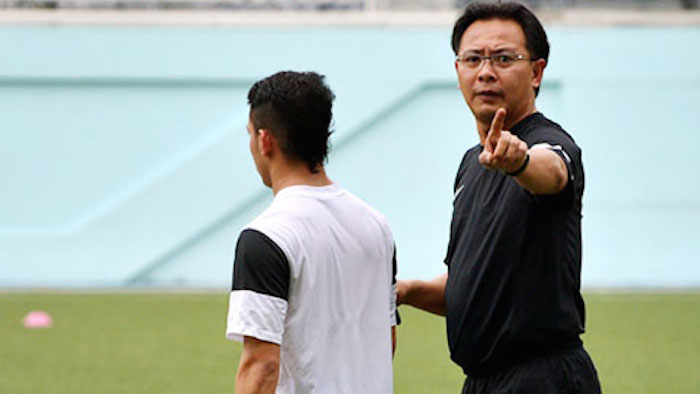
On the subject of development teams, in November the Harimau Muda project was deemed to have failed, and subsequently scrapped. And yet, two months after it was closed, there was an application to put a project 2017 team (Harimau Muda by any other name), into the Premier League. Thankfully, for the integrity of the League, it was rejected. But, “How does that make sense?”
The FAM League – the third level of Malaysian football – drives me crazy. What is going on there? This season there is one division of 16 teams. Last season there were two divisions of 10 and 9, of which the two champions were promoted. There was no geographical split, nor any methodical reason as to HOW they were split into their groups.
Of the 19 teams who competed last season, two were promoted and seven – SEVEN – or 37% – of teams withdrew. What? More than one-third of the teams in the third level of professional football withdrew. And nobody complained. Nobody said anything about it? “How can that possibly make sense?”
Two seasons ago, the FAM League was one division of 10 teams with the top two promoted. Make up your mind what you want? It matters. How can any organization lose 37% of its membership and possibly hope to remain credible? How can that happen? “How does that make sense?”
REASONS TO BE FEARFUL – 3) THE ‘ACRONYM’ COMMUNITY
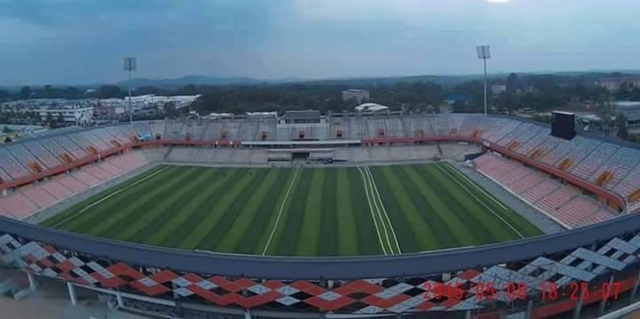
A firm personal opinion is that football is at its very best when it acts as a centre of entertainment for a community. Brilliant if it also attracts enough investment to be competitive and win things. All the best clubs come from a community. Football was designed as a distraction for the working class, and became popular in centres of population.
Call me old-fashioned, but Manchester United play in (or very close to) Manchester. And they’re CALLED Manchester. They were also incredibly popular before they started to win things. Leeds United remain able to pull in crowds of 25,000+ in The Championship despite not having a great team. There is Yorkshire pride.
Exeter City from the South West are taking something like 5,000 fans to Liverpool for an FA Cup replay. Exeter are a tiny club in the middle of Devon who proudly represent and are supported by their local population.

Go down the best Leagues and you will see teams representing communities. Sometimes a rich benefactor will come along and a team can make the leap to the big time (e.g. Tan Sri Vincent Tan with Cardiff City), but the club absolutely retains its identity. Witness the furor when Tan Sri Vincent wanted to change the clubs colours to red.
Milan’s two teams play in, and are called, Milan. London has ten fully professional teams representing recognizable regions in the capital, plus a myriad of teams at Conference level and below. Japan adopted the geographical identity when they made a great change to the J-League in 1992.
In any top league, teams representing Armed Forces, Police, Government Departments and companies are rare. Even the likes of PSV Eindhoven in Holland and Bayer Leverkusen in the Bundesliga are geographical statements with a sponsor attached. Malaysia’s most storied teams represent a community – normally a State – but something tangible. Something to be proud of. Something to rally the community.
Which brings us back to the make-up of the FAM League. Of the sixteen teams entered this season (and a one in three chance of continuing next season), only three are identifiable as representing a tangible community. The other 11 are made up of Government Departments, Government sponsored organisations, companies and indecipherable acronyms.
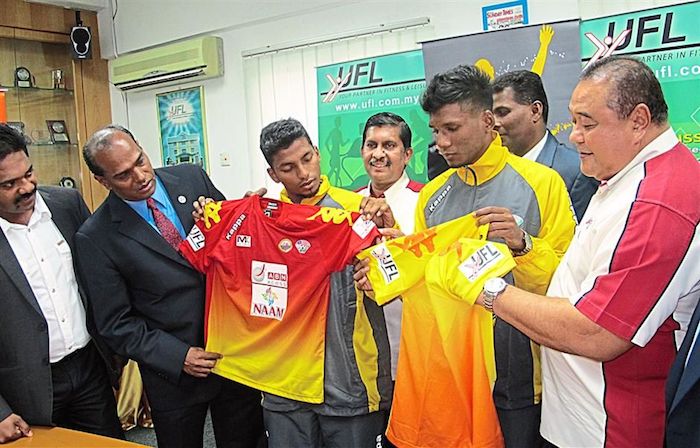
The FAM League fixture list this season makes confusing reading to anyone without an in-depth knowledge of Malaysian acronyms. In the coming season, we could have a fixture list that includes – on the same day – the following:
– MOF vs UKM
– MISC-MIFA vs PKNP
– SAMB vs DYS
– KDMM vs PBMM
My Malay language skills are patchy at best, but you don’t need language skills to know that such a fixture list is nonsensical. In case it was just me who didn’t think this made any sense, I asked Stanley Bernard – a former Malaysia International who works as a commentator and pundit on the Malaysian Leagues – to tell me a little bit about each club. He struggled. He hadn’t heard of several and couldn’t fathom what the acronyms are on four of the others.
Scott Ollerenshaw is working closely within the game, and has been resident in Sabah for the best part of 20 years, and even he needed to ask around to find out more about the two Sabahan clubs (DYS and KDMM) taking part in this season’s FAM League. It’s not that these are lightweight teams. K. Sambagamaran is in charge of DYS. This is the third level – amongst the top 40 best clubs in the country – of Malaysian football. If Stan and Scott don’t know, then how can anyone else be expected to a) know. Or b) Give a damn.
It’s a peculiarly South East Asian trait that professional teams like to describe themselves in acronyms that mean absolutely nothing to anyone who doesn’t already know who, or what, those acronyms represent.
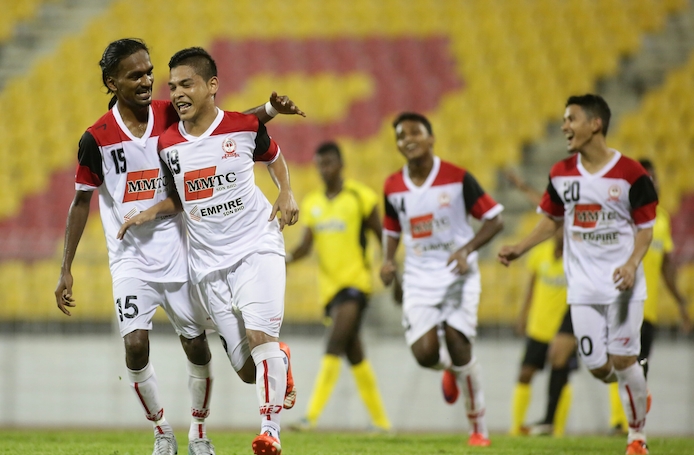
In the FAM League, only Hanelang, Sungai Ara and Ipoh represent a geographical area where they might be recognizably able to call on local support. (Or at least I thought so until I see that Ipoh play home games in Tanjung Malim). Megah Murni in Selangor and MISC-MIFA could also claim to represent an area or community. DYS and KDM are both from Sabah – but no neutral would possibly be able to know that without prior information.
Also, which neutral would be remotely interested in supporting a Government department such as Penjara, Ministry of Finance (MOF), or Felcra? And, while there is no doubt they are fine companies, why would anyone pay to watch a team like Air Asia or, at a higher level, DRB HiCom or Sime Darby. The answer is – they don’t. And why would they?
It begs the question raised by Mr. Brooks. What is the point of their existence? There must be a point. Mustn’t there?
It is concerning for two reasons. Firstly, these companies and corporations clearly see football as a good vehicle to spend some – a lot – of their money. But are not willing, or confident, to put money into an established state team, or into sponsoring the League. Why would that be? Around the world, club teams are heavily sponsored. Hopefully the Vida Beauty sponsorship is recognition of football as being a credible vehicle for sponsors to get a return on their investment.
The proliferation of Government Department and Company teams, development teams (Shahzan Muda, the now disbanded Harimau Muda, Young Fighters and JDT III) also prevent any chance of teams representing a community developing. How, for example, can a city the size of Petaling Jaya – where I live – not have a decent football team? They did once – under the acronym PBPJ – but disappeared almost as quickly as they emerged.
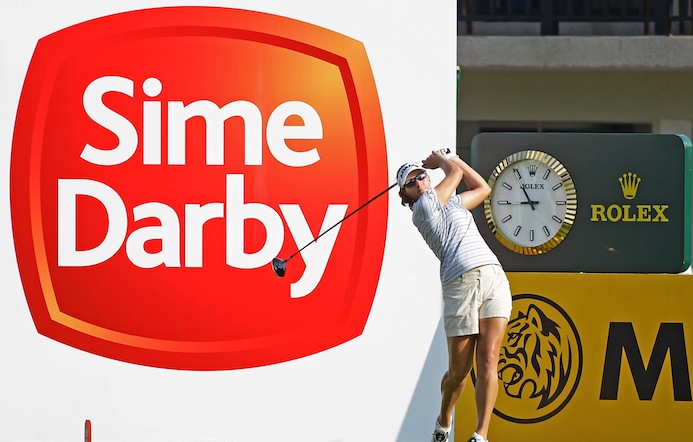
Financially, clubs can’t make money – as many in the West do – from club houses that permit alcohol and betting, but surely it would be better if Sime Darby were to have the confidence to sponsor a well supported football team or the League, rather than a superbly promoted LPGA event that means “next to nothing” to 99.99% of the population in Malaysia. (If you don’t believe me – ask anybody you know – anybody – who won last year’s Sime Darby LPGA event).
If Sime Darby, or DRB Hicom are using football as a marketing tool, then much of the impact is negative. Sime Darby’s appearance in the 2012 FA Cup Final always seemed to me to do them more harm them good. Great to have the name splashed all over the papers for a couple of weeks – but the abiding image was of 1,000 fans stuck in the far corner of the stadium, completely swamped by 89,000 Kelantanese. This huge company was made to look insignificant. It never made sense to this correspondent how that image serves a giant like Sime Darby well.
Proper clubs, with proper relegation from a consistent league base is essential. Not now – but very soon. Otherwise, there will never be any depth to Malaysian football, there will be precious few teams other than the big State teams who can garner anything like a supporter base, and Malaysia football will continue muddling along.
It’s Football – there’s always a Reason to be Cheerful:
At the start of this long article, there was praise for FMLLP. But the “Reasons to be Fearful” illustrate the size of the task facing them. And it is a waste because Malaysia really should be a top footballing nation. Passion, demand and skills are there.
Fingers crossed for the coming year, and for JDT and Selangor’s AFC Cup campaigns.
Enjoy the season however you watch it …
IN CASE YOU MISSED IT, HERE IS PART ONE OF THE ARTICLE: Reasons to be Cheerful ahead of MSL 2016
Other posts by Dez Corkhill

